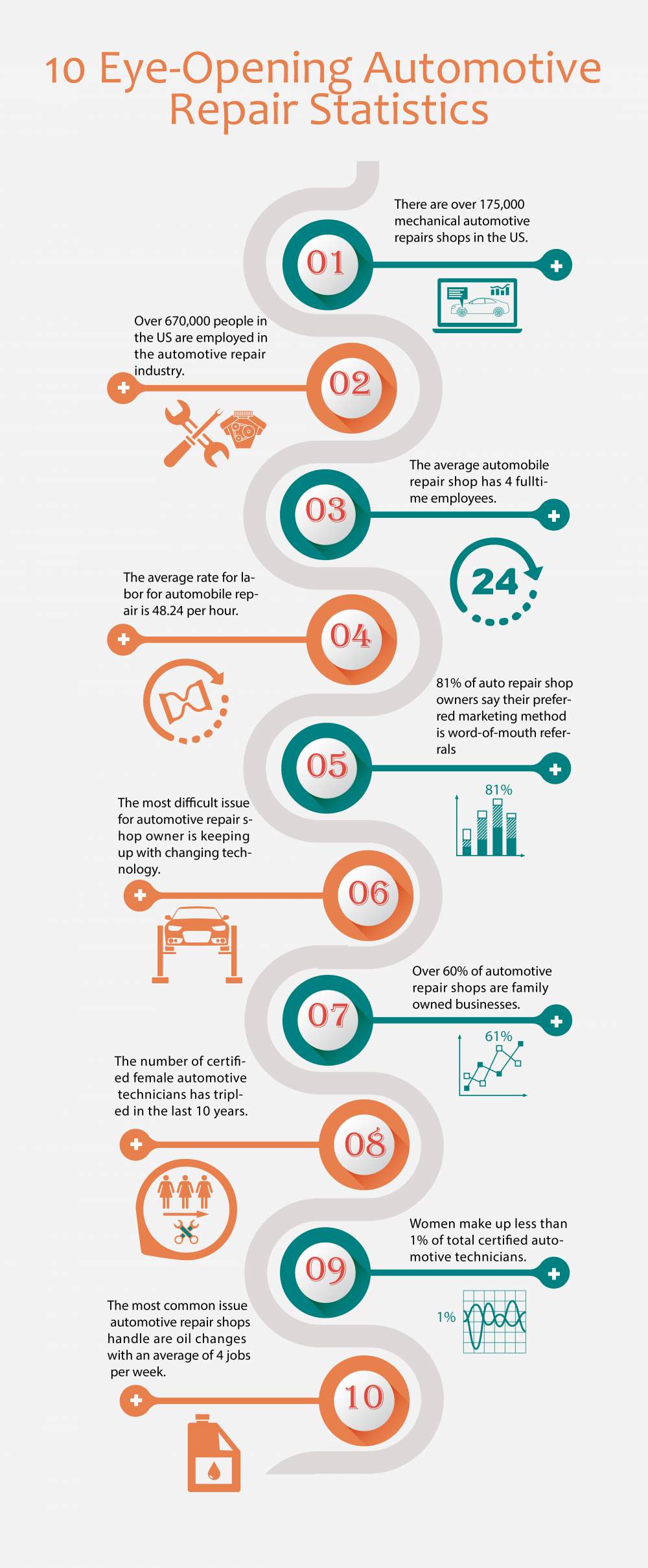Comprehending The Definition Behind Your Automobile'S Caution Lighting: A Comprehensive Look
Comprehending The Definition Behind Your Automobile'S Caution Lighting: A Comprehensive Look
Blog Article
mobile car cleaning auckland -Higgins Forbes
When you lag the wheel, those glowing caution lights on your control panel can be a little bit complicated. Do you know what they're trying to inform you regarding your auto's health? Comprehending the relevance of these lights is essential for your safety and the long life of your automobile. So, the following time among those lights turns up, wouldn't you wish to understand its message precisely and take the required steps to resolve it?
Common Warning Lighting and Interpretations
Recognize typical caution lights in your auto and recognize their significances to guarantee risk-free driving.
The most normal caution lights consist of the check engine light, which signals problems with the engine or discharges system. If this light begins, it's essential to have your vehicle examined quickly.
The oil stress warning light suggests reduced oil stress, calling for instant focus to stop engine damage.
A blinking battery light may suggest a damaged charging system, possibly leaving you stranded if not resolved.
The tire stress tracking system (TPMS) light informs you to low tire pressure, influencing car stability and gas effectiveness. Neglecting this might lead to dangerous driving conditions.
The ABS light suggests a problem with the anti-lock braking system, compromising your capability to stop swiftly in emergencies.
Finally, the coolant temperature advising light warns of engine getting too hot, which can cause serious damage otherwise settled promptly.
Comprehending these typical warning lights will assist you attend to issues without delay and maintain secure driving problems.
Value of Prompt Attention
Recognizing the common warning lights in your car is just the primary step; the value of immediately attending to these cautions can't be highlighted sufficient to ensure your safety and security when driving.
When a caution light brightens on your dashboard, it's your automobile's way of communicating a potential issue that requires focus. Overlooking these cautions can result in a lot more serious troubles down the road, compromising your safety and potentially costing you a lot more in repairs.
Prompt interest to warning lights can protect against breakdowns and crashes. For example, a flashing check engine light might show a misfire that, if left neglected, can create damages to the catalytic converter. Resolving this promptly can conserve you from a costly repair service.
In a similar way, a brake system alerting light might indicate reduced brake fluid or worn brake pads, critical components for your safety and security when driving.
DIY Troubleshooting Tips
If you see a caution light on your dashboard, there are a couple of do it yourself troubleshooting tips you can try before looking for expert aid.
The very first step is to consult your cars and truck's guidebook to comprehend what the particular warning light indicates. In some cases the issue can be as easy as a loosened gas cap triggering the check engine light. Tightening up the gas cap might resolve the issue.
Another usual issue is a low battery, which can trigger various cautioning lights. Inspecting under car steam cleaning near me for deterioration and ensuring they're safe and secure may fix the problem.
If a caution light lingers, you can try resetting it by disconnecting the automobile's battery for a couple of mins and then reconnecting it. Additionally, inspecting your lorry's fluid degrees, such as oil, coolant, and brake liquid, can aid repair advising lights related to these systems.
Conclusion
In conclusion, understanding your automobile's caution lights is important for maintaining your car running efficiently and securely. By without delay attending to these informs and knowing what they indicate, you can prevent costly fixings and potential malfunctions.
Keep in mind to consult your car's guidebook for specific details on each cautioning light and do something about it as necessary to ensure a trouble-free driving experience.
Keep informed, remain safe on the road!
